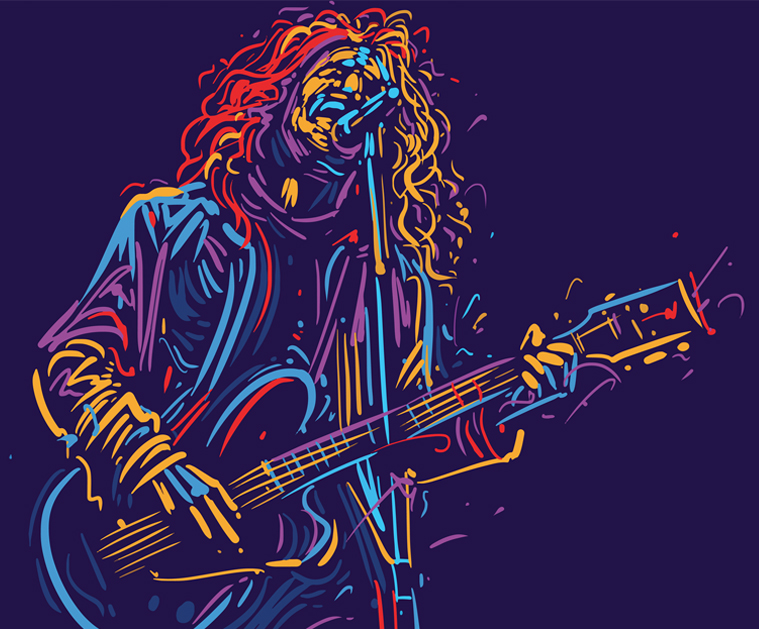In the hustle and bustle of modern life, finding moments of tranquility has become increasingly valuable. Mindfulness, a practice rooted in ancient traditions, has emerged as a beacon of calm in the chaos.
Intriguingly, the world of art offers a unique and vibrant pathway to achieving this state of mindful serenity. This article explores the harmonious relationship between art and mindfulness, shedding light on how creative expressions can lead to a peaceful mind.
Understanding Mindfulness
Defining Mindfulness
Mindfulness, at its core, is the quality of being present and fully engaged with whatever we’re doing at the moment — free from distraction or judgment, and aware of our thoughts and feelings without getting caught up in them. This practice, deeply rooted in Buddhist traditions, has profound implications for our mental and emotional well-being.
Mindfulness in Contemporary Society
Today, mindfulness has transcended its spiritual origins, becoming a vital tool in various sectors such as healthcare, education, and the corporate world. Its popularity is a testament to its effectiveness in reducing stress, improving focus, and enhancing overall quality of life.
The Role of Art in Mindfulness
Art as a Medium for Mindfulness
Historically, art has always been intertwined with mindfulness, serving as a medium for spiritual and emotional expression across various cultures. Psychologically, engaging with art stimulates the mind, evoking emotions and memories, and allowing us to explore our inner landscapes.
Different Forms of Art in Mindfulness Practice
Art, in its myriad forms, offers diverse avenues for mindfulness practice. Whether it’s the introspective nature of painting, the rhythmic movements in dance, or the reflective process of writing poetry, each form allows us to connect with the present moment in unique ways.
Artistic Activities for Enhancing Mindfulness
Interactive Art Exercises
Art activities like guided painting or pottery making can be meditative, facilitating a deep connection with the present moment. These practices encourage a focus on the process rather than the outcome, fostering a mindful state.
Mindful Observation of Art
Observing art mindfully involves more than just looking; it’s about seeing with intention and awareness. Techniques like slow art viewing in galleries can deepen one’s appreciation of art while cultivating mindfulness.
Expressive Writing and Mindfulness
Journaling and poetry are powerful tools for self-reflection and mindfulness. They provide a space for expressing thoughts and emotions, leading to greater self-awareness and presence.
Mindfulness Through the Artist’s Lens
Interviews and Case Studies
Interviews with artists who incorporate mindfulness into their creative process reveal a profound connection between their art and mental well-being. These narratives highlight how mindfulness can inspire and deepen artistic expression.
Workshops and Community Programs
Organizations like East End Arts offer workshops that integrate art and mindfulness, fostering community well-being. These programs highlight the benefits of combining creative expression with mindful practices.
Scientific Insights: Art and Mindfulness Research
Studies and Research Findings
Recent studies underscore the positive impact of art on mindfulness. Neurological research shows that engaging with art can activate brain areas associated with meditation and relaxation.
Experts’ Opinions
Psychologists and art therapists affirm the therapeutic benefits of combining art with mindfulness. Their insights provide a scientific basis for the anecdotal evidence of art’s positive impact on mental health.
Implementing Art and Mindfulness in Daily Life
Practical Tips and Strategies
Incorporating art and mindfulness into daily life can be simple. Activities like sketching, crafting, or even mindful photography can be integrated into everyday routines, serving as brief escapes into tranquility.
Overcoming Common Challenges
While starting an art and mindfulness practice can be daunting, it’s important to remember that the journey is personal and subjective. The key is to find activities that resonate personally and to approach them with an open, non-judgmental mind.
Conclusion
The connection between art and mindfulness is a fascinating journey into the realms of creativity and inner peace. By exploring this nexus, we not only enhance our appreciation for art but also discover new ways to achieve mindfulness in our lives.
Whether you are an artist, a mindfulness practitioner, or someone curious about either, embracing this blend of creativity and calm can lead to profound personal growth and well-being.
Be sure to look into our Arts School to learn about the many arts programs, events, and classes — such as the Memoir Writing Class — that can improve the quality of your life and maybe even improve your mindfulness.






